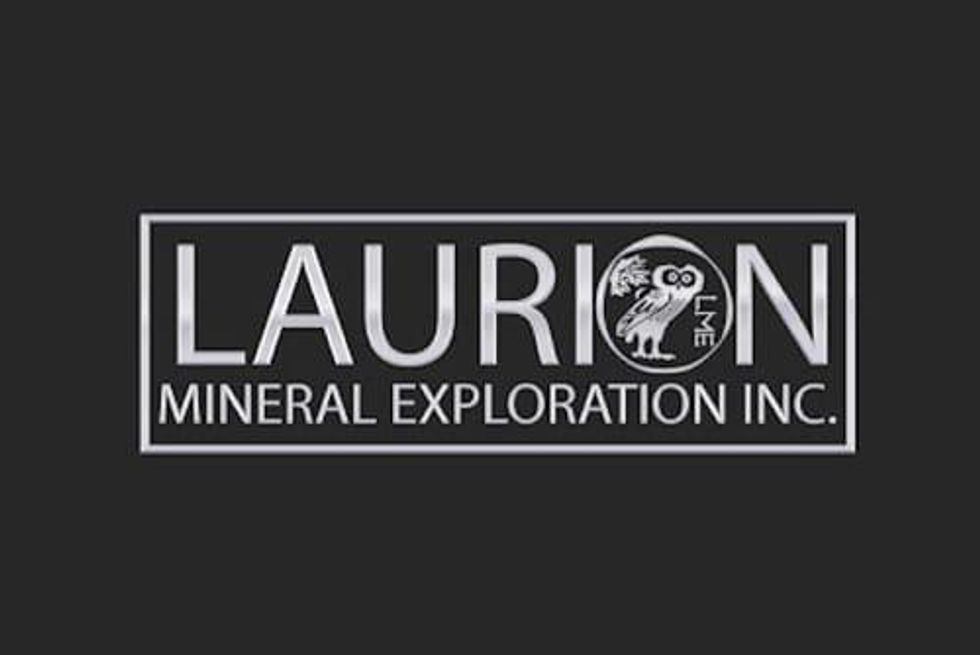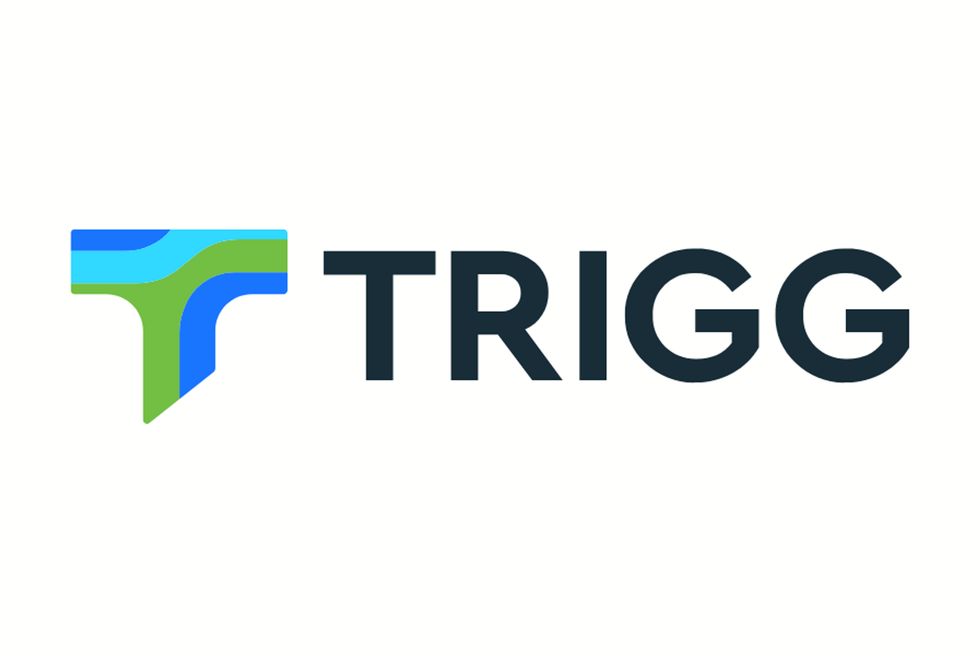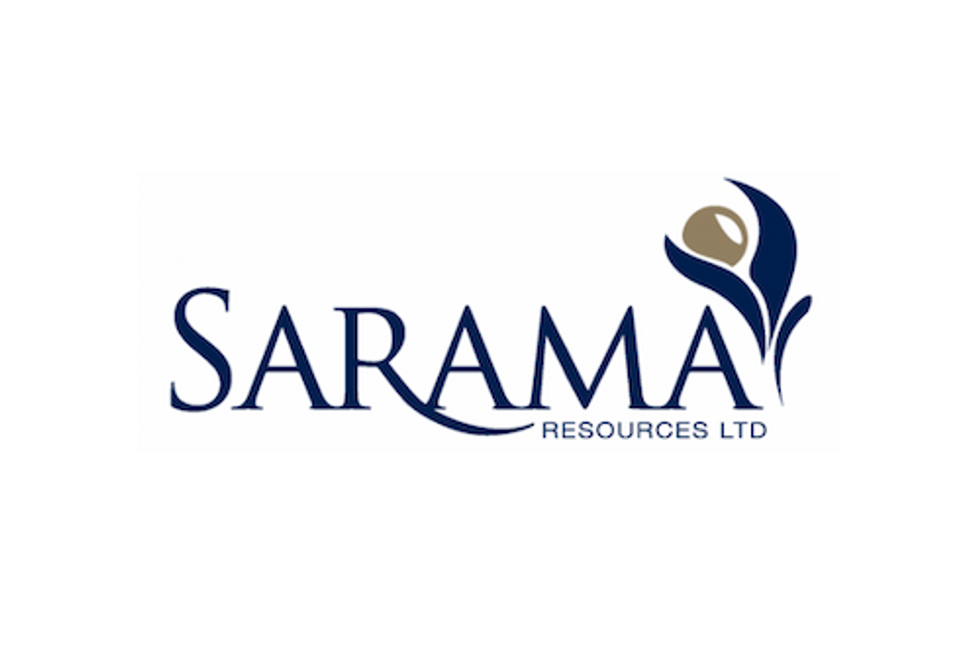Have Challenging Economic Times Made Mining Finance More Difficult?
Some of the downside will be offset by skyrocketing commodity prices that have seen the cost of everything from agricultural inputs to lithium rise significantly in the last 12 months.

After 2020’s broad disruptions put a damper on mining exploration, project financing was able to recoup 2020’s losses last year with spending growing 35 percent year-over-year.
Rising commodity prices also added tailwinds to the sector as an additional 200 companies announced plans to get shovels into the ground.
Unfortunately, 2021’s momentum has somewhat waned this year as runaway energy prices and record high inflation make junior financing more challenging.
“As we move into 2022, there's been a lot more market volatility, a little bit less support,” Mark Ferguson, research director and head of mining studies at S&P Global Market Intelligence, said during a presentation at the Prospectors and Developers Association of Canada (PDAC) conference.
“March wasn't too, too bad," he said. "And even the data in May was weaker than anyone expected. We saw a little bit of downside risk to sustaining current exploration.”
Some of the downside will be offset by skyrocketing commodity prices that have seen the cost of everything from agricultural inputs to lithium rise significantly in the last 12 months. While inflation and energy may add to overhead costs, higher values make margins lucrative for exploration.
As such, the research director and head of mining studies is forecasting a 5 to 15 percent increase in exploration budgets.
“I’d say energy minerals uranium, lithium, cobalt and nickel should see more benefit just because their prices are low,” Ferguson said. “But gold and copper will still be at the forefront.”
But what does that mean for junior explorers now?
Scott McLean, president and executive chairman of Transition Metals (TSXV:XTM) — a company exploring for gold, copper, nickel and platinum group metals across Canada — explained his company has taken some of the risk out of exploration by leveraging partnership deals.
“Our model is to acquire assets and then sell interest in those assets to other partners who come in and help us, and as a result of that we have de-risked a lot of the exploration,” McLean said. “But we also don't have a real need to finance a lot of time because we aren't selling equity in the company. And we are bringing in option agreements and option payments and being able to sell securities that we hold on our balance sheet as well.”
Despite the position Transition Metals holds, McLean did acknowledge that a lot of people are “getting hammered in the stock market.”
“I know of other colleagues (who) are having difficulty raising money in traditional markets,” he said. “When you look at the stock market, nobody's buying anything these days. Everything is flat, there's no volume on these stocks and nobody's interested.”
On the other end of the spectrum, Dave Harper, president and CEO of drilling services company Geo Drill (TSX:GEO), says business is booming despite inflation.
“We're in a situation where costs are rising, and we just have to pass those costs on to our customers, unfortunately,” Harper said. “You know, we're in a fortunate situation where gold is at about US$1,850 an ounce at the moment, so the drilling sector is very busy."
In fact, the price of gold has held above US$1,800 for most of 2022 and has even rivaled its previous all-time high earlier this year.
“So, we have some leverage in terms of being able to raise our prices without getting too much pushback. You certainly wouldn't want to have this situation occurring in the bottom of the cycle when rig utilization is low,” said the CEO of the primarily gold-focused drill company.
Harper went on to note that drilling rig utilization across the world is increasing, meaning "there's less rigs out there to do more drilling."
The recent rise in drilling activity was also noted by Ferguson during his presentation and attributed to both price growth and demand recovery.
“You go back into 2020 (and there was) a fairly low level of drilling,” Ferguson said. “Then you started to see the gold components start to pick up as companies that are focused on gold capitalized on a rising gold price.”
That uptick continued into 2021, when Ferguson also saw the number of copper projects start to increase.
“And I'm actually happy to say in our May edition, we had the most copper projects drilled since we started compiling this dataset almost a decade ago,” he added.
Mining investment forecasted to grow over next four years
In terms of mining investment, Latin America continues to garner increased attention, especially nations with large lithium reserves. After myriad disruptions and challenges brought on by COVID-19, the South American mining sector has been working towards recovery even in the face of rampant inflation.
“I think for miners, they can absorb a lot of cost increases given just how much metal prices have gone up, so we haven't really seen much of a slowdown,” John Price, managing director at Americas Market Intelligence, told INN. “Now that may change as monetary policies change, but for the moment, there's a lot of enthusiasm, a lot of investment going forward.”
The managing director did point out that Latin America experienced “serious supply chain interruptions” early on in the pandemic. Some of those challenges have now translated into issues with importing machinery from Asia.
“This has been an issue that several miners have called out to, but generally speaking what the Latin Americans control in terms of transportation costs, in terms of labor costs, in terms of their own operational capabilities, things are going at full tilt.”
Globally, the mining market is expected to grow from US$1.84 trillion in 2021 to US$2.06 trillion this year, registering a compound annual growth rate (CAGR) of 12 percent.
That will double by another 12.9 percent in 2026 when the sector is forecasted to total US$3.36 trillion.
The sector is also anticipated to benefit from government policy that encourages project development and funding as well as foreign investment.
“Metals prices have been fairly healthy even though there's a lot of volatility,” Ferguson concluded.
“There's been some sliding in those prices recently; (although) they're still above historical norms, we see that continuing to provide support for the sector.”
Don't forget to follow us @INN_Resource for real-time updates!
Securities Disclosure: I, Georgia Williams, hold no direct investment interest in any company mentioned in this article.
Editorial Disclosure: The Investing News Network does not guarantee the accuracy or thoroughness of the information reported in the interviews it conducts. The opinions expressed in these interviews do not reflect the opinions of the Investing News Network and do not constitute investment advice. All readers are encouraged to perform their own due diligence.
- Platinum Outlook 2022: Rising Demand to Offset Supply Surplus ›
- Gareth Soloway: Next Buying Level for Gold, Oil Outlook After Price ... ›
- Silver Outlook 2022: Supply/Demand Trends Could Catalyze Price ›
- Gold Outlook 2022: Consolidation a Launching Pad for Price Rise ›






